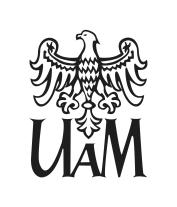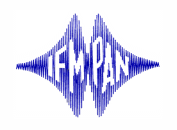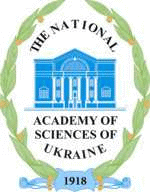- Details
The artificial patterning of continuous materials into nanoscale structures provides an excellent opportunity for designing novel materials with unique, unforeseen properties. This concept of so-called patterned "metamaterials" having essentially modified energy spectra provides basis for new directions in physics and materials science, including photonics, plasmonics, phononics and magnonics. Moreover, metamaterials hold a promise for novel technological applications within integrated architectures with smart functionalities, optoelectronic constituents of integrated circuits, means for nanoscale thermal transport control, and charge-free storage and manipulation of information. Artificial magnetic materials with periodically modulated properties, magnonic crystals (MCs), offer two main distinctive features of direct benefit for modern technology. Firstly, MCs facilitate tuneable spin excitation spectra controlled via magnetic field. Secondly, being non-volatile materials, they lend themselves to applications in which re-programmability is required.
- Details
The project's ambition and the main aim is to expand the scope of the involved teams' research and to explore new opportunities in the areas of physics and technology that are likely to see a rapid development in the years to come. This will be achieved through a series of adventurous collaborative proof-of-concept studies that have potential to underpin future research directions in magnetic metamaterials and magnonic devices as well as associated technologies. Thereby, the main general objectives of MagIC are to advance the state-of-the-art of the multidisciplinary research field of the wave dynamics in magnetic nanostructures and to explore the interdisciplinary and innovative ideas combining their multifunctional properties with nanoscale integration, aimed at increasing their prospects for technological applications. These research goals will be achieved in a collaborative effort of four EU and three Ukrainian teams with complementary expertise, based on the staff exchange and network-wide activities, which will provide tools for knowledge sharing, brainstorming and developing new ideas, as well as for career development of young researchers. The research will be conducted within three broad areas constituting the three research Work Packages (WP1, WP2 and WP3) supplemented with two WPs dedicated for dissemination (WP4) and networking (WP5) activities listed in Table B3. The research WPs are devoted to:
- WP1. advanced studies of wave phenomena in periodic magnonic structures;
- WP2. advanced experimental and theoretical studies of wave phenomena in non-periodic magnonic structures;
- WP3. exploited interdisciplinary opportunities arising from the interplay between magnonic and nonmagnetic wave phenomena in magnetic nanostructures.
The specific research objectives in each area, as defined below, aim to push the limits of knowledge in magnonics, crossing the borders between magnonics and photonics, magnonics and phononics, magnonics and spintronics, and exploring multidisciplinary innovative ideas for advancing science and technology.
- Details
 UNIWERSYTET IM. ADAMA MICKIEWICZA W POZNANIU (AMU)
UNIWERSYTET IM. ADAMA MICKIEWICZA W POZNANIU (AMU) UNIVERSITY OF EXETER (UNEXE)
UNIVERSITY OF EXETER (UNEXE)  UNIVERSIDAD DEL PAIS VASCO/ EUSKAL HERRIKO UNIBERTSITATEA (UPV/EHU)
UNIVERSIDAD DEL PAIS VASCO/ EUSKAL HERRIKO UNIBERTSITATEA (UPV/EHU) INSTYTUT FIZYKI MOLEKULARNEJ, POLSKIEJ AKADEMII NAUK (IFM PAN)
INSTYTUT FIZYKI MOLEKULARNEJ, POLSKIEJ AKADEMII NAUK (IFM PAN) DONETSK NATIONAL UNIVERSITY (DONNU)
DONETSK NATIONAL UNIVERSITY (DONNU) DONETSK INSTITUTE FOR PHYSICS AND ENGINEERING NAMED AFTER O.O. GALKIN (DIPE)
DONETSK INSTITUTE FOR PHYSICS AND ENGINEERING NAMED AFTER O.O. GALKIN (DIPE) INSTITUTE OF MAGNETISM, NATIONAL ACADEMY OF SCIENCES OF UKRAINE, MINISTRY OF EDUCATION AND SCIENCE OF UKRAINE (IMAG)
INSTITUTE OF MAGNETISM, NATIONAL ACADEMY OF SCIENCES OF UKRAINE, MINISTRY OF EDUCATION AND SCIENCE OF UKRAINE (IMAG)

